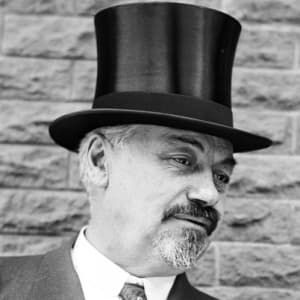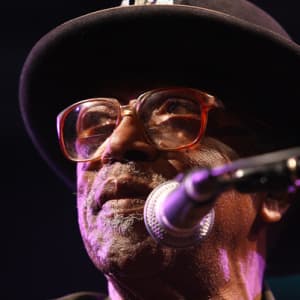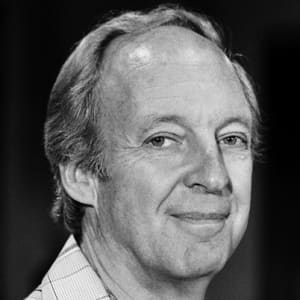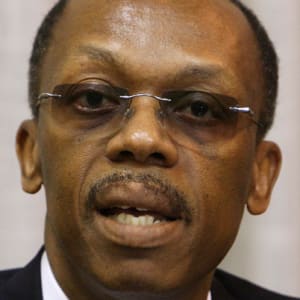
Oscar Hammerstein I
After earning a fortune in the cigar industry, Oscar Hammerstein I, grandfather of lyricist Oscar Hammerstein II, built numerous theaters and opera houses.
Synopsis
Oscar Hammerstein I was born on May 8, 1847, in Stettin, Pomerania, in the Kingdom of Prussia (modern-day Szczecin, Poland). After moving to New York and earning a fortune in the cigar industry, in 1889 he invested in the construction of the Harlem Opera House. In 1895 he built the Olympia Theater. In 1910, he accepted $1.2 million from the Metropolitan Opera to not produce opera in several U.S. cities. He died on August 1, 1919, in New York City.
Early Years
Oscar Hammerstein I was born on May 8, 1847, in Stettin, Pomerania, in the Kingdom of Prussia (modern-day Szczecin, Poland). His parents' eldest son, Hammerstein belonged to a big, middle-class German-Jewish family. He and his father often clashed, but Hammerstein found respite in his mother's unwavering support of his musical interests. When she passed away, Hammerstein, then 15 years old, boarded a boat to America.
Tobacco Fortune
Hammerstein disembarked in New York City 89 days later, and soon found custodial work at a cigar factory. A bright and ambitious lad, Hammerstein worked his way up through the ranks; he was eventually promoted to factory manager. By 1874, he had founded the U.S. Tobacco Journal, his own trade magazine. In addition to managing the journal until 1888, Hammerstein amassed a fortune inventing cigar-making machines, and held as many as 50 patents. Hammerstein's passion for theater motivated him to also moonlight as a theater manager.
Theaters and Opera Houses
In 1889, Hammerstein invested in the construction of his first theater, the Harlem Opera House. He had already funded the construction of more than 50 Harlem residences, and felt a theater would vitalize the area by drawing crowds from uptown Manhattan. Toward this end, he hired big-name performers such as Edwin Booth and Lillian Russell.
The following year, Hammerstein built the Columbus Theater, a more casual venue, and appointed himself its manager. He constructed his third musical venue, the Manhattan Opera House, in 1893. Hammerstein kept admission prices at the Columbus low, in hopes of making opera more accessible to the average person. The decision took a terrible financial toll. As a result, Hammerstein had no choice but to partner with variety-show producers Koster & Bial. Constant disagreements fuelled Hammerstein's bitter resentment and eventually ended in dissolution of the partnership.
Determined to do things his way, in 1895 Hammerstein built the giant Olympia Theater, in what was to later to become Times Square. Unfortunately, Hammerstein poured so much money into the Olympia that challenges, such as filling all the seats on a regular basis, left him financially tapped out yet again. By hook or by crook, he still managed to scrape together the funds to build several more venues in the early 1900s, including the Manhattan and Philadelphia Opera Houses.
In 1910, Hammerstein's strained finances would finally catch up with him. Willing to do whatever it took to keep building, he accepted an offer of $1.2 million from the Metropolitan Opera with the stipulation that he would not produce opera performances in several major U.S. cities—including New York—for an entire decade. Having exhausted his other options, Hammerstein then moved to England, where he built an unsuccessful opera house in London. Back in the States in 1913, Hammerstein built the Lexington Opera House in New York City, but the Metropolitan denied him the legal right to perform opera there.
Hammerstein died on August 1, 1919, in New York City. His love of theater was inherited by his grandson Oscar Hammerstein II, who wrote and produced such beloved musicals as Oklahoma, South Pacific, The Sound of Music and The King and I. Oscar Hammerstein I's great-grandson, Oscar Hammerstein III, is author of the book The Hammersteins: A Musical Theater Family, published in October 2010.




